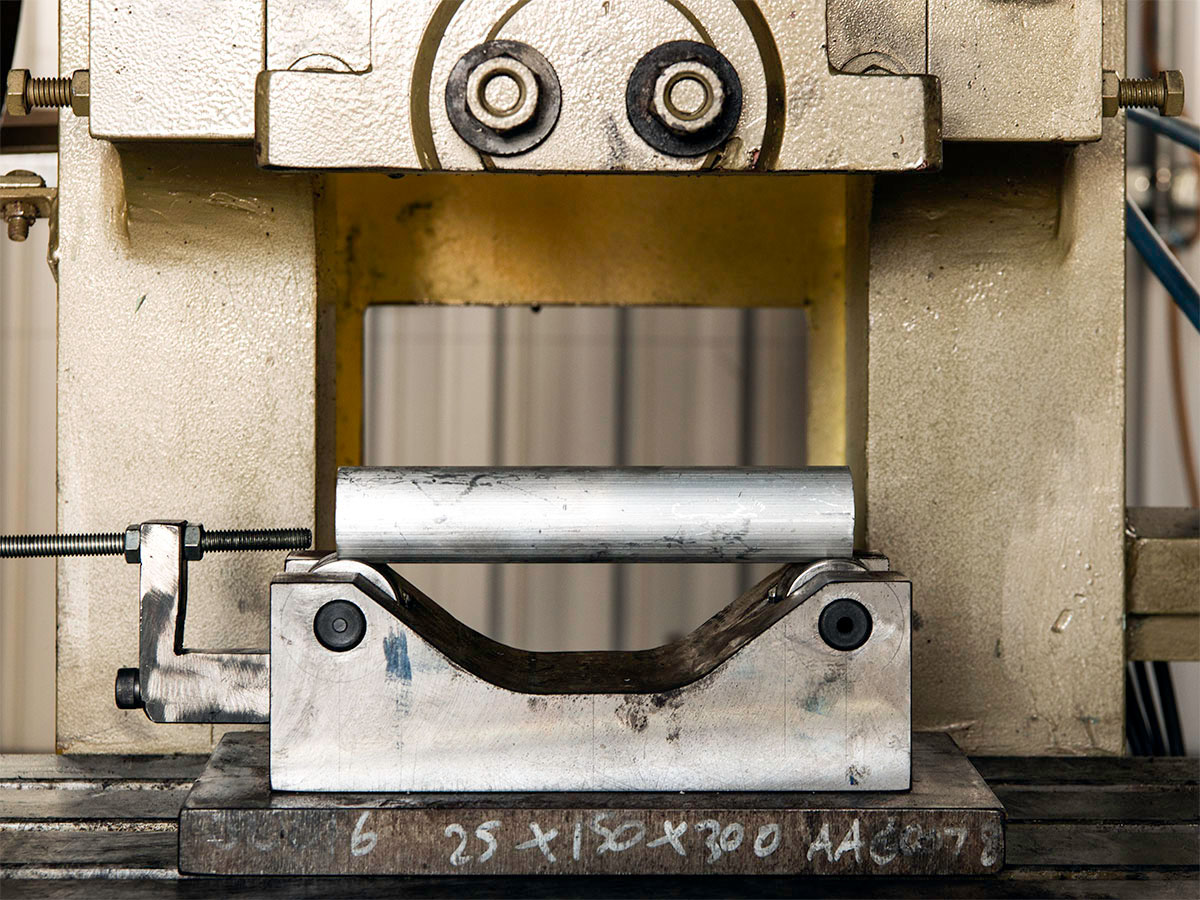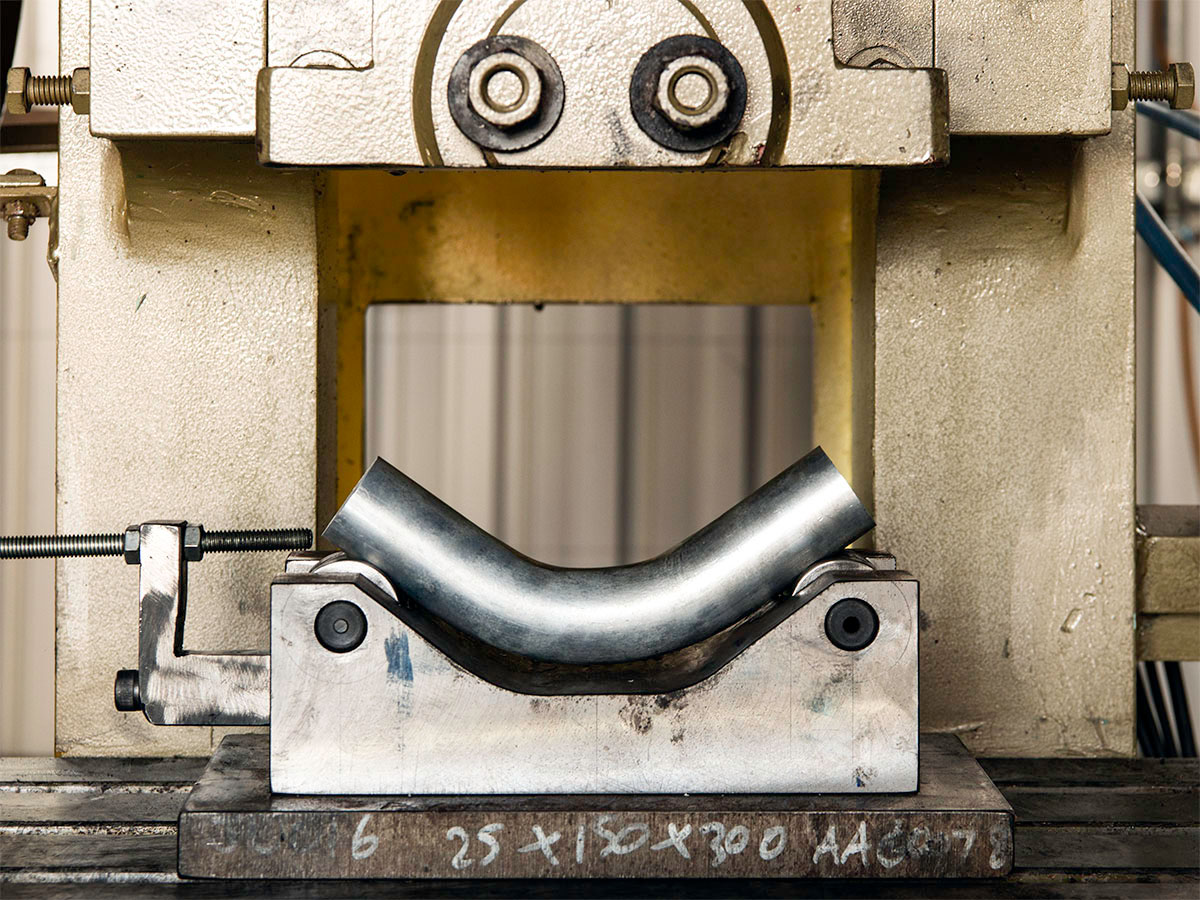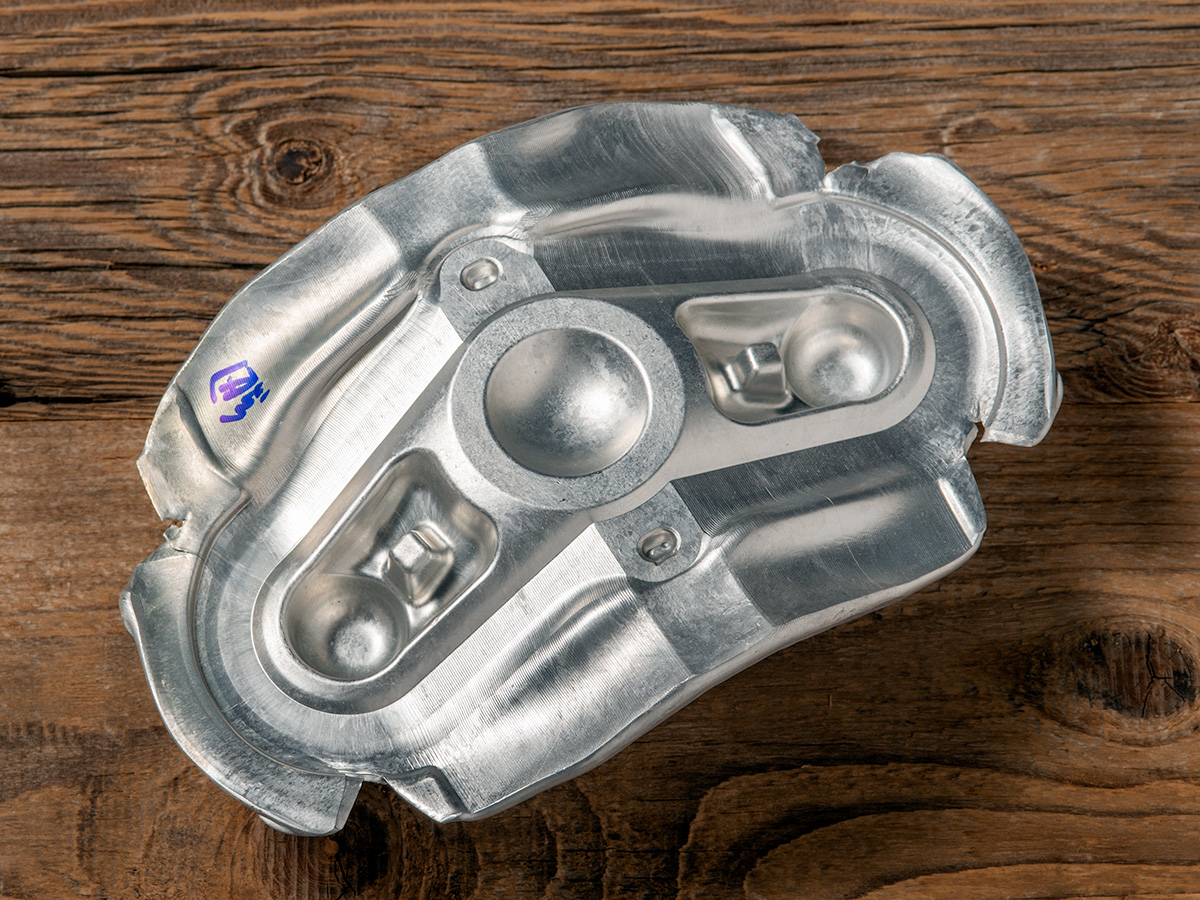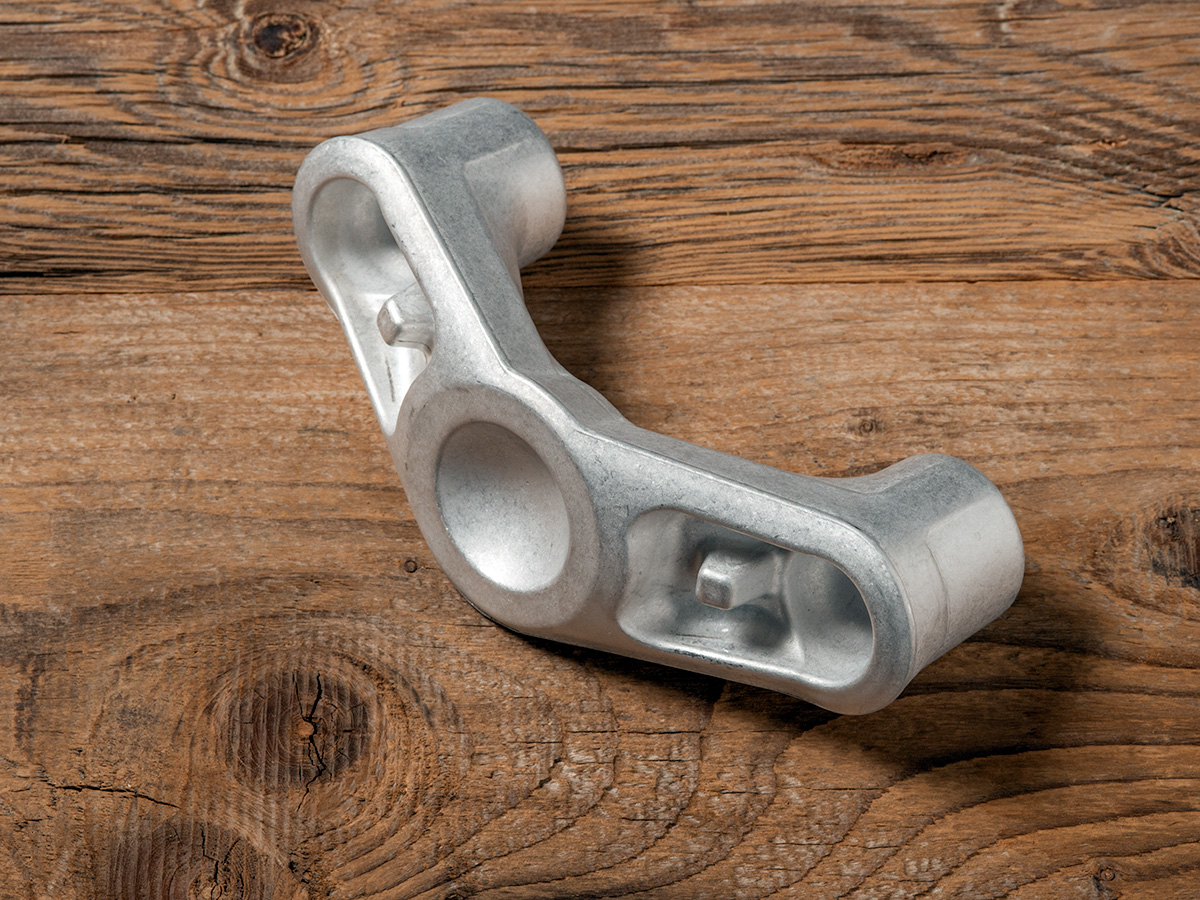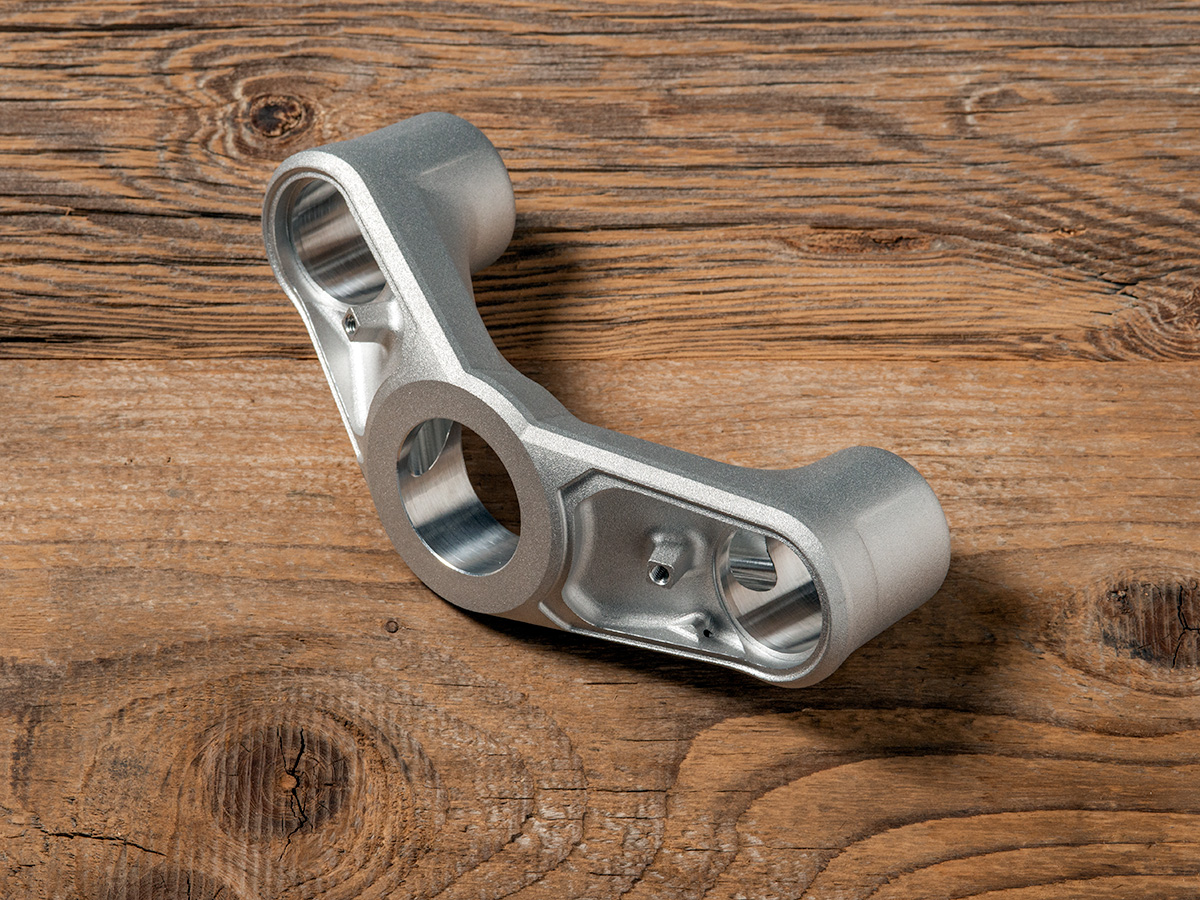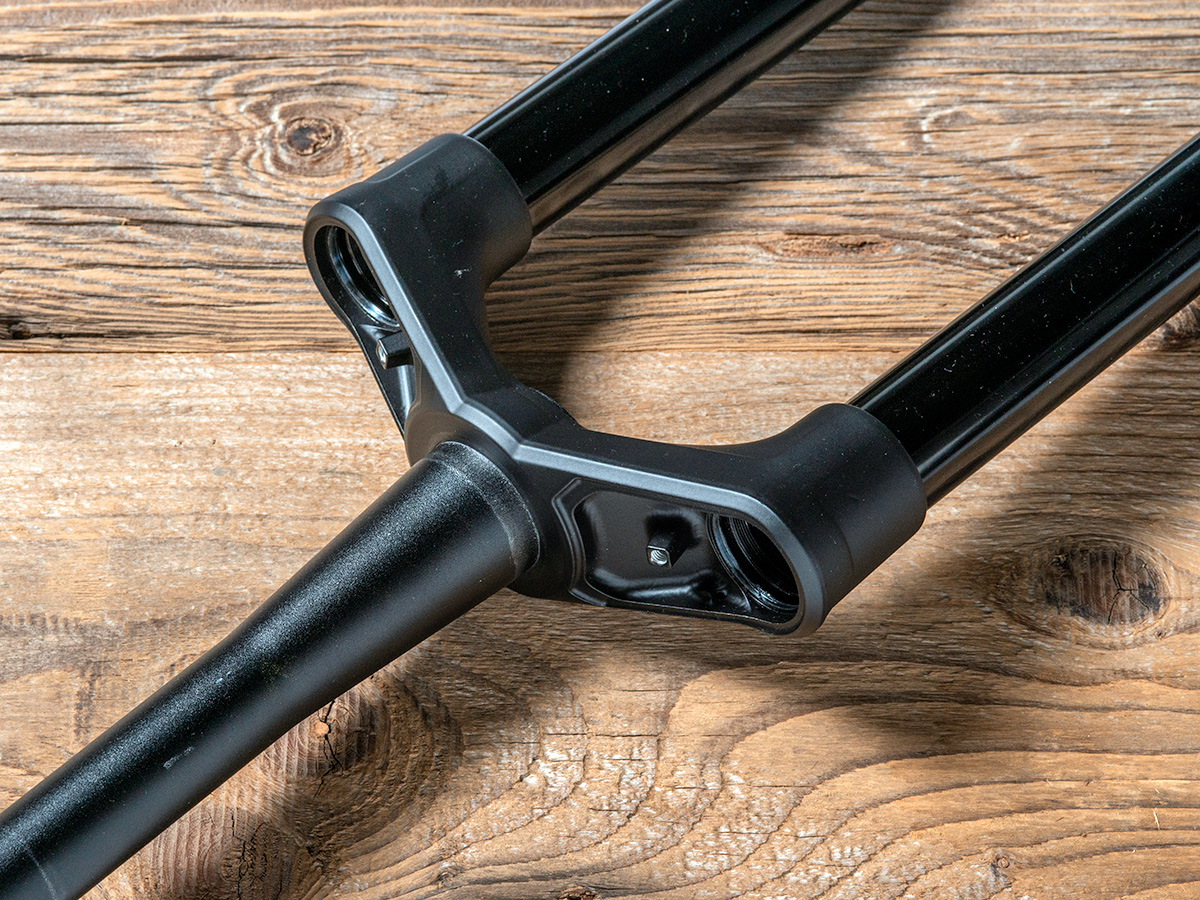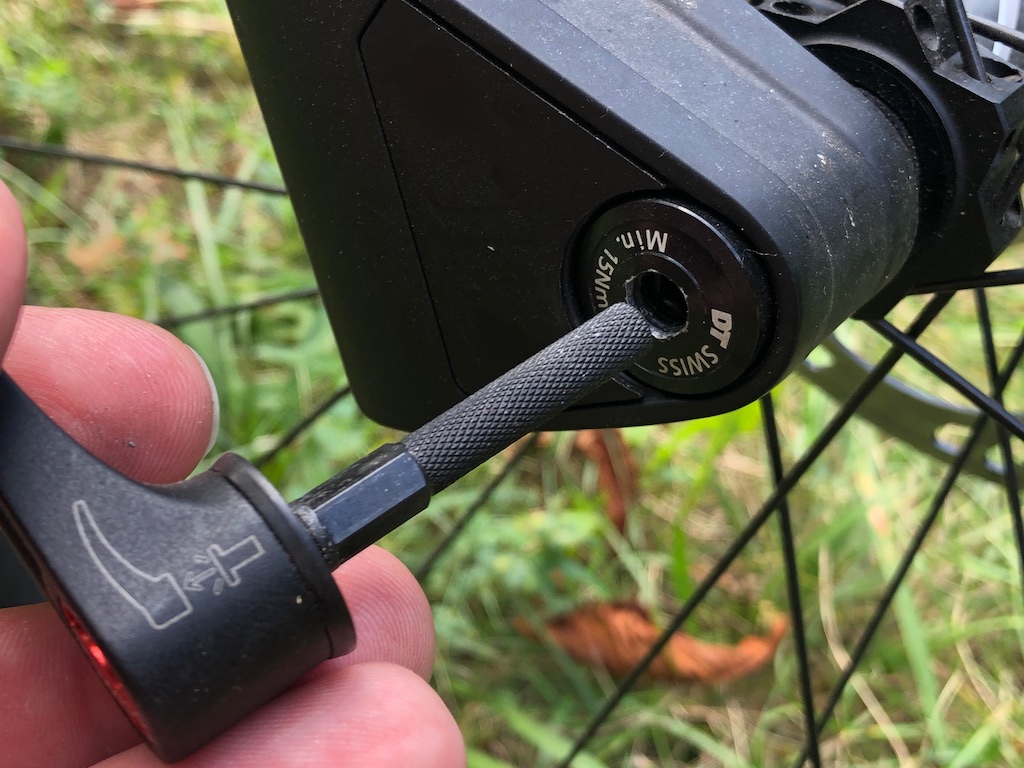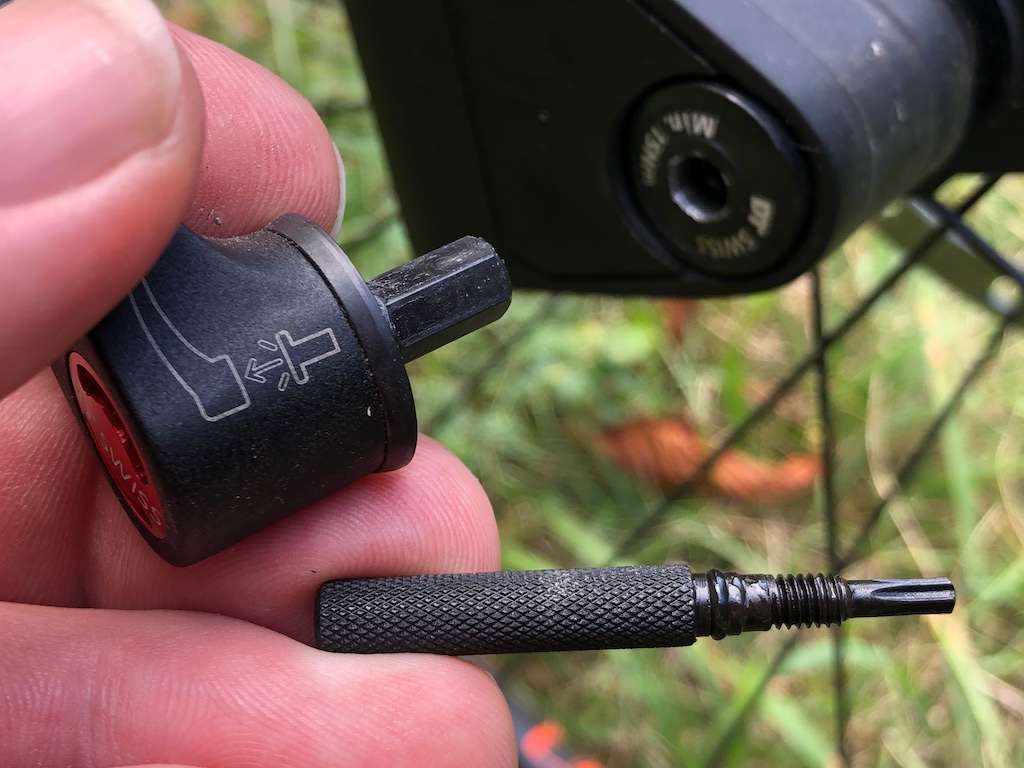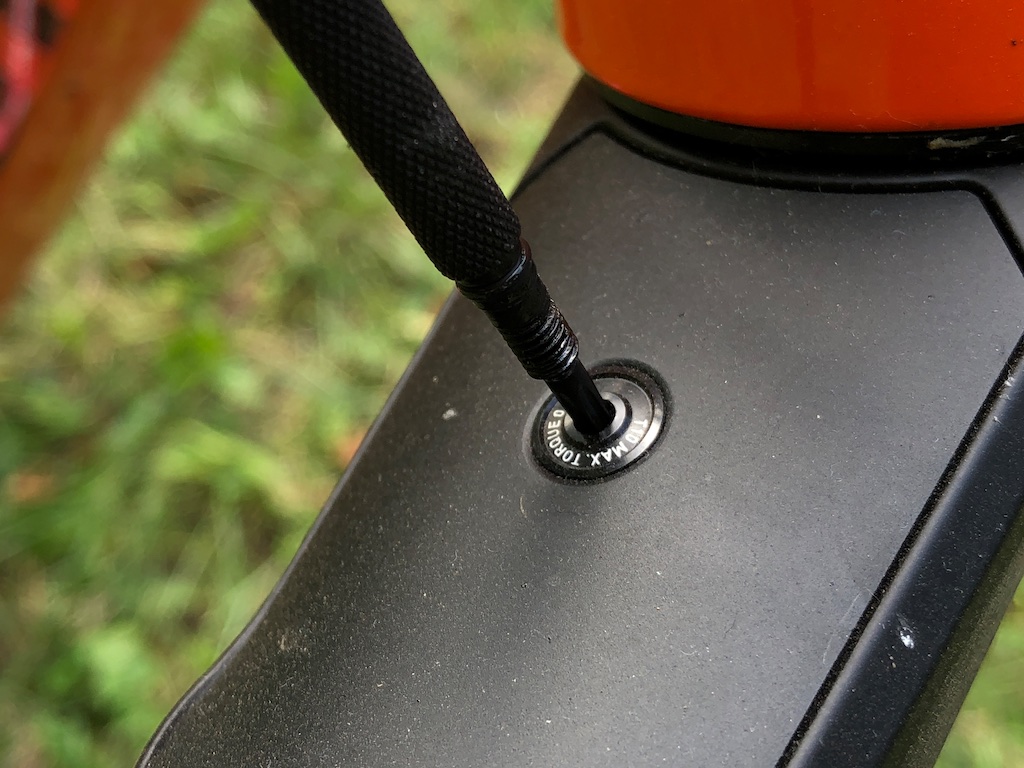I planned to begin this review with a Ferrari analogy, but soon realized that the DT Swiss F535 ONE 160 fork is categorically not an Italian thoroughbred. For one, it places little emphasis on outer appearance, besides the usual technical glitches inevitably present in Italian cars have been entirely banished – fortunately. In this sense it’s much more an AMG G63, in the sense that it’s an extremely precise piece of engineering which could literally pass through walls without a single scratch!
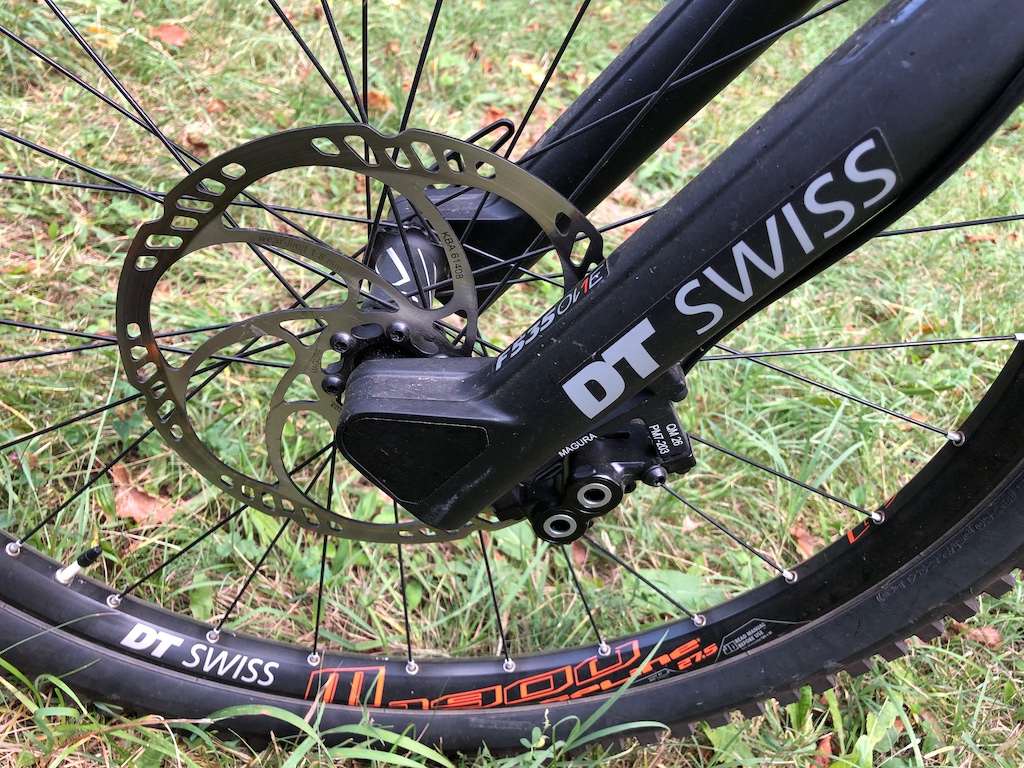
So for one, this won’t be the fork that visually distinguishes your bike, attracting stares from onlookers. It’s not a FOX 36 with Kashima sanctions or a DVO Onyx. On the other hand – I can assure you -, you’ll love it from the very first meters! I also got a matching X414 rear shock with the F535 fork, which was not a straight forward affair. Its sourcing proved to be somewhat of a hassle, the main reason being the unusual shock mount of my Ghost FrAMR requiring a dedicated size of shock. This special size and travel stroke was not yet available for the new R535 model which is the rear counterpart of the fork in the test, but the next-in-line model was in stock, so I decided to go with it.
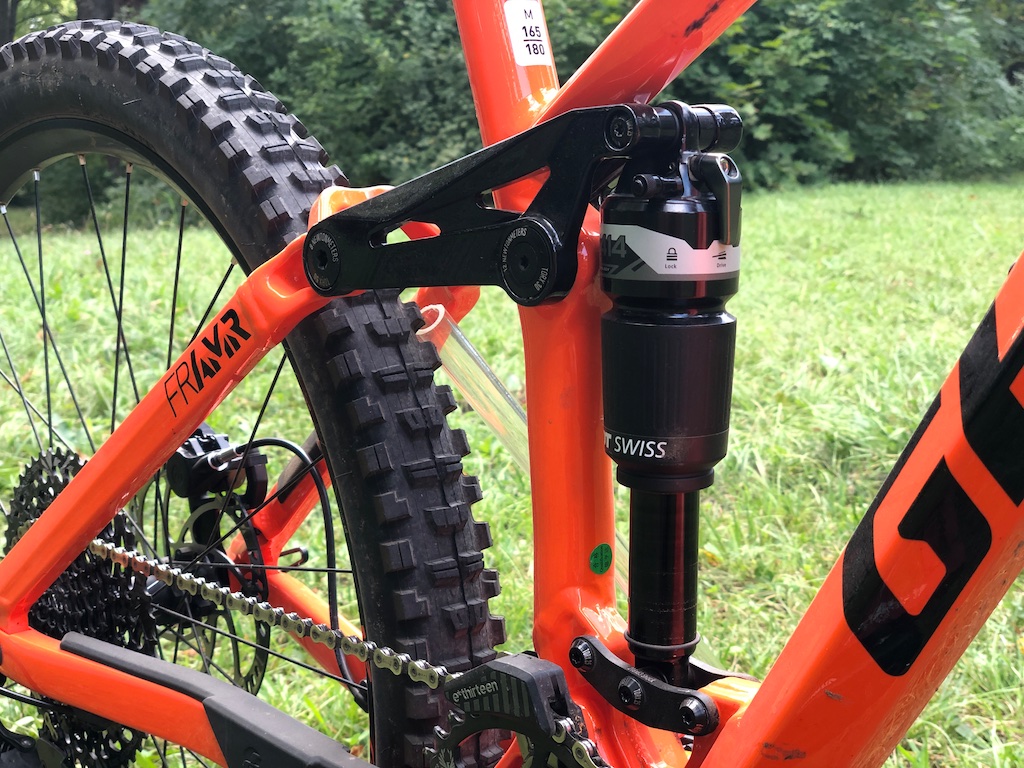
The installation of both DT Swiss test parts proved to be very simple. All I needed was an appropriate spacer set for my frame to install the shock in place of the stock model in the bike. Then I had to cut the tapered steer tube of the fork to the head tube size. The well-designed massive 1.5” taper does a good job at increasing front end stiffness, of course you’ll need a frame that’s 1.5” taper compatible, but if your bike is less than 5 years old, this technical aspect is virtually guaranteed.
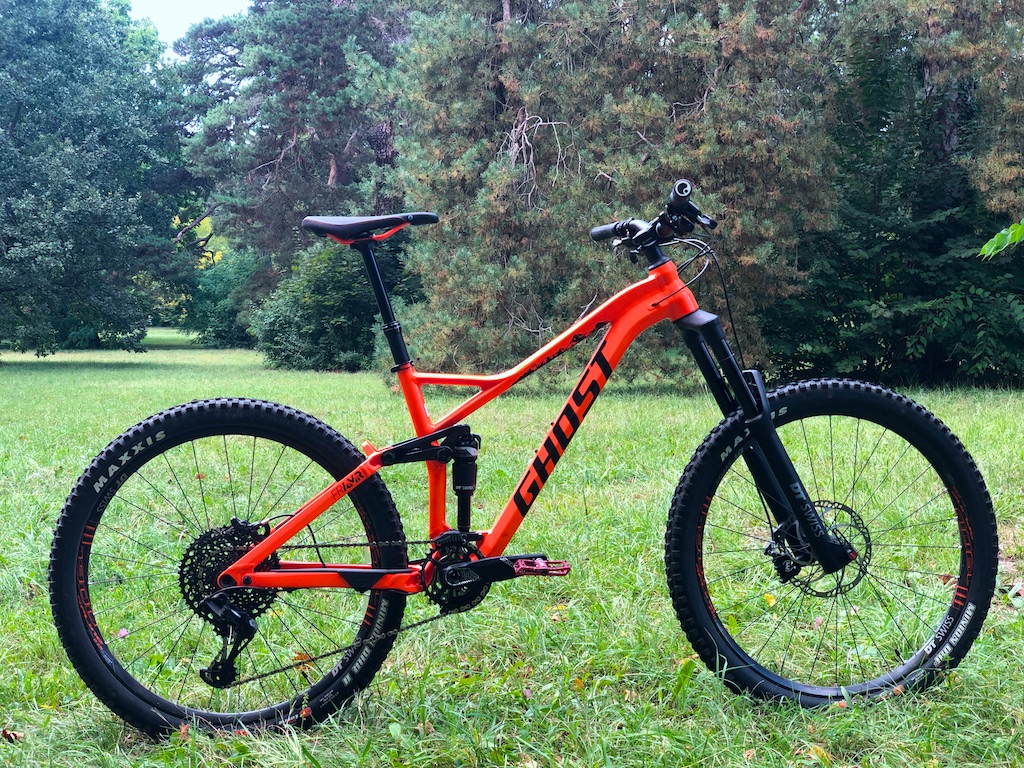
This product review mainly served to satisfy my curiosity concerning the performance of top-end DT Swiss suspension technology. I wanted to find out whether the otherwise excellent performance of the stock FOX 36 Float fork could be improved upon. Similarly I was curious to learn how replacing the FOX DHX2 Coil rear shock for a state-of-art air shock model effects the suspension performance of my beloved enduro bike. Although the Ghost FrAMR was designed primarily for enduro racing, I tend to ride it on all kinds of trails, over virtually everything that the trail offers. In its original factory setup, the FrAMR is predominantly intended for bike park and enduro riding, but in reality I need something that’s more geared towards all around MTB riding and challenging bike touring. For one, the hyper-sensitive FOX DHX2 Coil has no lockout, so it’s certainly not the best choice for uphill efforts.
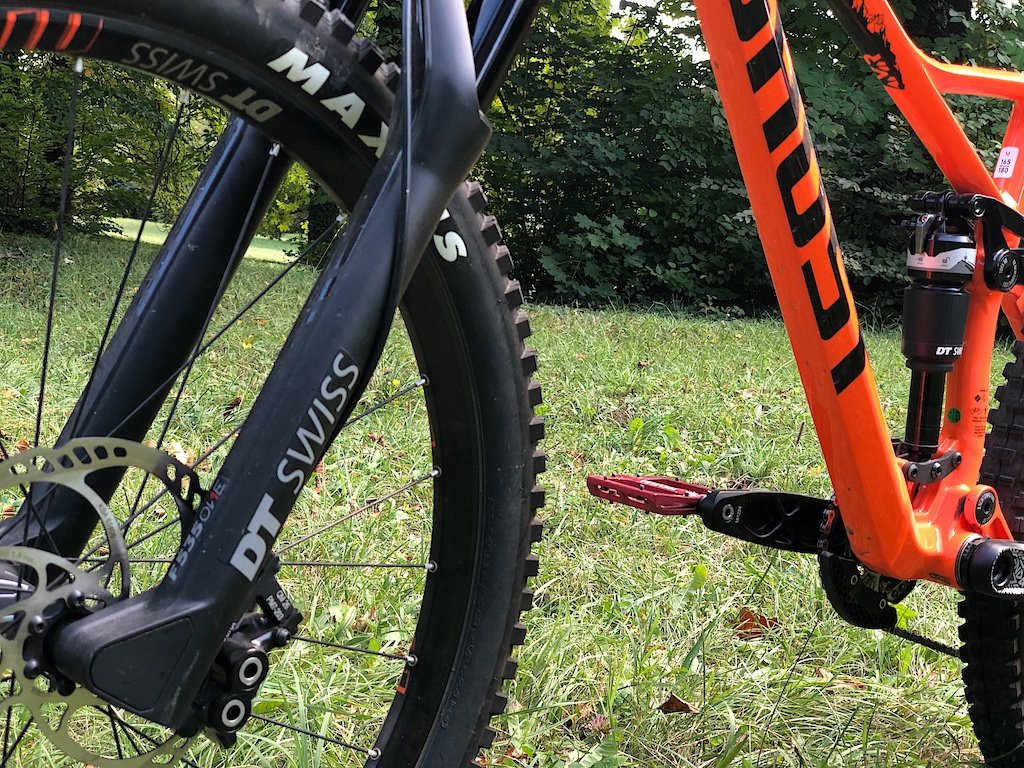
What should the reader know about the F535 ONE 160? First of all that it has an ultra-precise construction with a price tag to match. It cost no less than HUF 389,900 putting it in the top price category for production MTB suspension forks. It’s not to say that it’s the most expensive one on the market, since a top spec FOX 36 is closer the HUF 450,000 and the price tag of the DVO Onyx also begins with the number “4”. Even though the Rock Shox Lyrik is less expensive than this DT Swiss flagship, but it lacks most of the features of these top-class offerings. So the F535 is expensive, but in light of the market competition, it cannot be accused of being heavily overpriced.
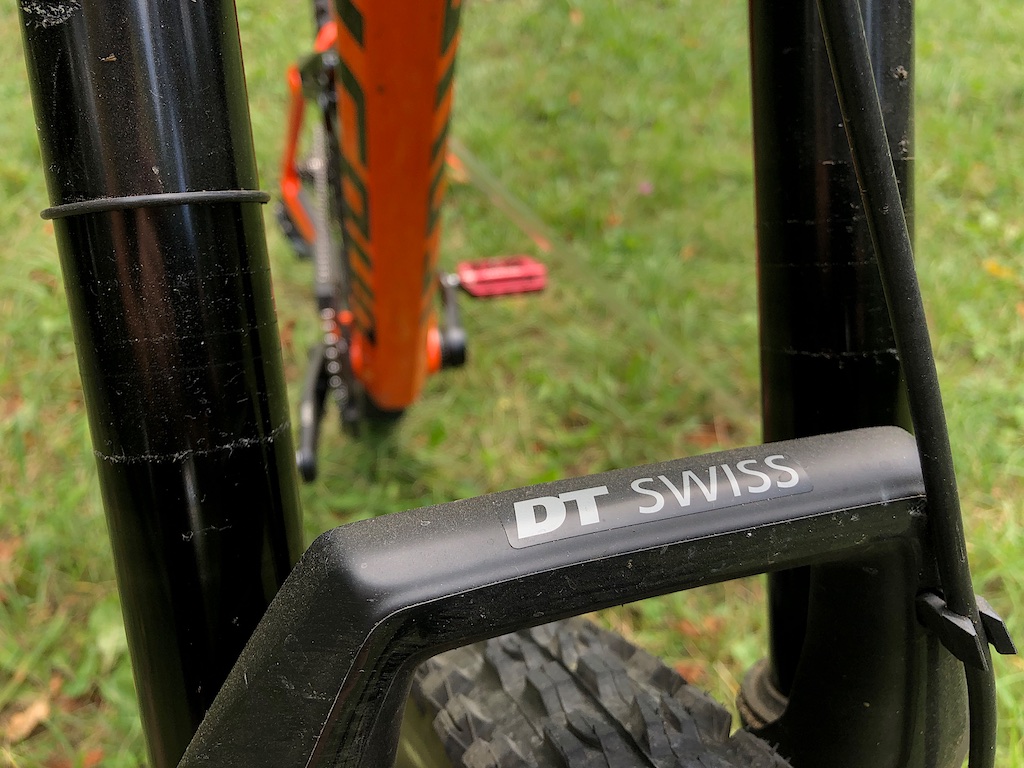
Happily the DT Swiss F535 can be purchased in many different configurations. For one, it’s available in both of the current wheel sizes, the one in this review being the 650b version. Then there is the choice of suspension travel from 130mm to 160mm. Then there is the possibility to install a whopping 75mm (3.0”) wide tire in the fork. Here the axle system is the modern 15mm thru type. The fork weights between 2020 and 2090 grams depending on wheel size and the configuration, and the length of the steerer will also have an effect on the weight figure.
The main reason why I admire the DT Swiss products is their technocratic approach. The brand is renowned for this mentality, perfectly exemplified by how the engineers designed the fork crown. This part of fork starts its life as two pieces of aluminum alloy rod. From this an 800 ton press working under 550 degrees Celsius makes a forged piece. The part is extremely strong with perfect crystal structure. Then the forged part is put in a CNC milling machine which shapes the fork crown with extreme precision. The manufacturing tolerances used by DT Swiss is among the best in the industry. The last step is to give the part a tough sintered finish.
Let’s turn attention to the fork legs! The Swiss engineers employ a magnesium alloy, which is first injection molded at 680 degrees by a special machine into the casting. This process takes no more than 0.2 seconds. Of course it will take several hours to arrive at the finished product, as the magnesium cast has to be CNC machined, polished and finally sintered. No costs are spared, the Swiss brand employs the most advanced production methods which translates into a strongest and lightest possible fork with extreme close manufacturing tolerances. These are the small details I was alluding to in the introduction, this is what makes the DT Swiss forks perform so well, hence accounting for the F535’s high purchase cost.
Prior to its installation I already felt the extra sensitivity, demonstrated by the fact that this is the first fork that has virtually no stiction at low internal pressure. This is reassuring as I prize a sensitive fork, one that reacts to even the smallest of trail irregularities. But I have the experience that most forks which offer a higher level of sensitivity tend to bottom out quickly at the end of the travel range – i.e. when doing bigger jumps on the trail. The solution is to offer some amount compression dampening in order to increase the progressive nature of the suspension travel. In the case of this fork DT Swiss employs its proprietary Plushport technology.
As it can be seen in the video above, the dampening valves are continuously opening and closing during the suspension travel – both at the instroke and out. At the beginning of the instroke, the oil valves in the Plushport are all open, then at the third of the travel they gradually close, and from half way down all are shut causing a spike in resistance, hence raising progressivity of the suspension travel and preventing the fork from bottoming out.
The DT Swiss F535 can also be customized to a great extent, and the process of fine tuning the fork to the rider’s preferences are described in an easy to follow video guide on the manufacturer’s website. If you follow the process, you’ll certainly be in the ballpark and may only need to tweak a few small aspects of the fork’s operation for the given terrain or trail. It’s important to note that the fine sensitivity is mainly due to the so-called COILPAIR system, which means that the fork utilizes a coil next alongside the air spring.

Although some progressivity is built into the fork thanks to the Plushport valves described above, some riders will want to increase this further. The APT system allows the rider to insert spacers (other manufacturers call them “tokens”) to ramp up the progressivity of the fork’s instroke. It’s an adjustment that’s quite simple to perform, but since you’ll be opening the fork itself you need to be familiar with the internals and also be able to carry out basic service and maintenance. I had a go at this by inserting 3 spacers, which greatly increased progressivity. This proves that the F535’s range of progressivity adjustment is quite substantial.
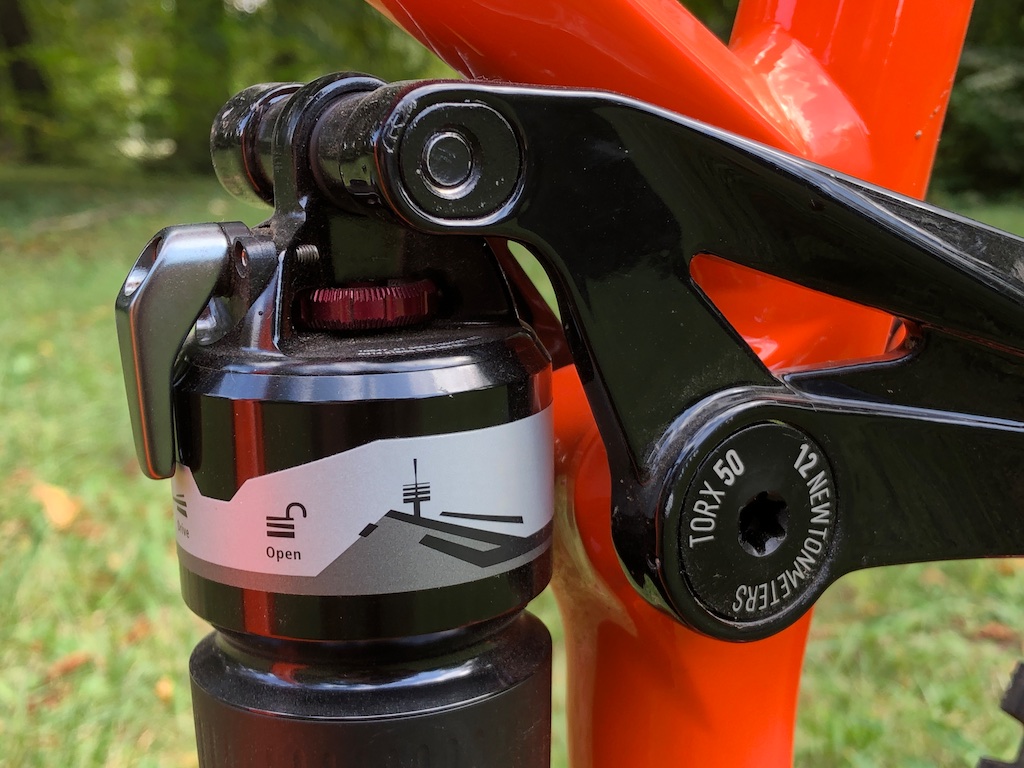
It may seem that this fork is complicated to set up for the rider and the appropriate trail. Nonetheless, once you get the hang of it, it can be done routinely in just a few minutes. I guess those purchasing this fork won’t be complete newbies when it comes to suspension forks, but in case the costumer is unsure about these matters, our Hungarian distributor has a brand store called Doctorbike to help with all questions and problems. Apart from helping to set up and customize the DT Swiss forks, Doctorbike can also carry out the service and regular maintenance if it’s required.
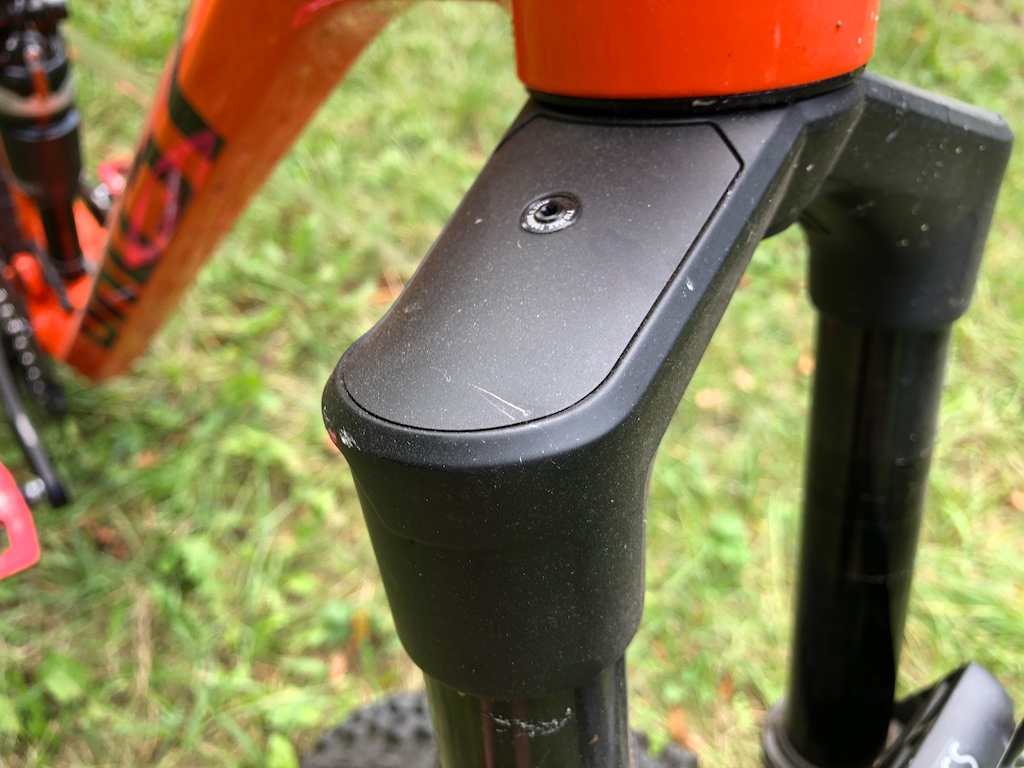
How did the F535 perform? Well, in short it was a dream come true! It was stiff as a nuclear shelter, which comes in quite handy since I’m no lightweight rider. In fact I’d rate it be the stiffest single crown fork I have ever ridden. Stiffness and stability is always subjective – unless you have to means to make direct laboratory measurements for the forks in question. We don’t have such resources, so you’ll have to trust me in this. When it comes to sensitivity, the beginning of the stroke is a little better than on the Kashima coated FOX 36, although I haven’t tried the “Stage 2” modification, which is said to increase the sensitivity of this famed fork. The F535 is also way more sensitive compared to the simple hard anodized FOX 36 I had in the bike beforehand. I’m curious how the new Marzocchi Bomber Z1 performs in this regard, since the Italian brand was always the market leader in creating forks with outmost sensitivity.
I also like level of customization the DT Swiss F535 offers, as well as the design itself. All adjustments are at the top of the fork, hidden by a plastic cover which also serves to protect the controls. The “hood” can be opened using a T10 Torx key, and since not many pocket multi tools have this size, the designers inserted one inside the front thru axle. All you have to do is to pull it out from the axle, and you have access to all the adjustment!
My only criticism concerning this fork is the noise it makes when the suspension is fully extended. This only happens when you do jumps and the fork is fully extended, but there is annoying “clack” at the end of the travel. It’s a bit less harsh than what you’d hear from an entry-level Suntour fork, but the F535 certainly lets you know that the suspension has reached its outward endpoint. Other manufacturers manage to attenuate this sound, so the Swiss engineers should also be able to solve this annoyance…
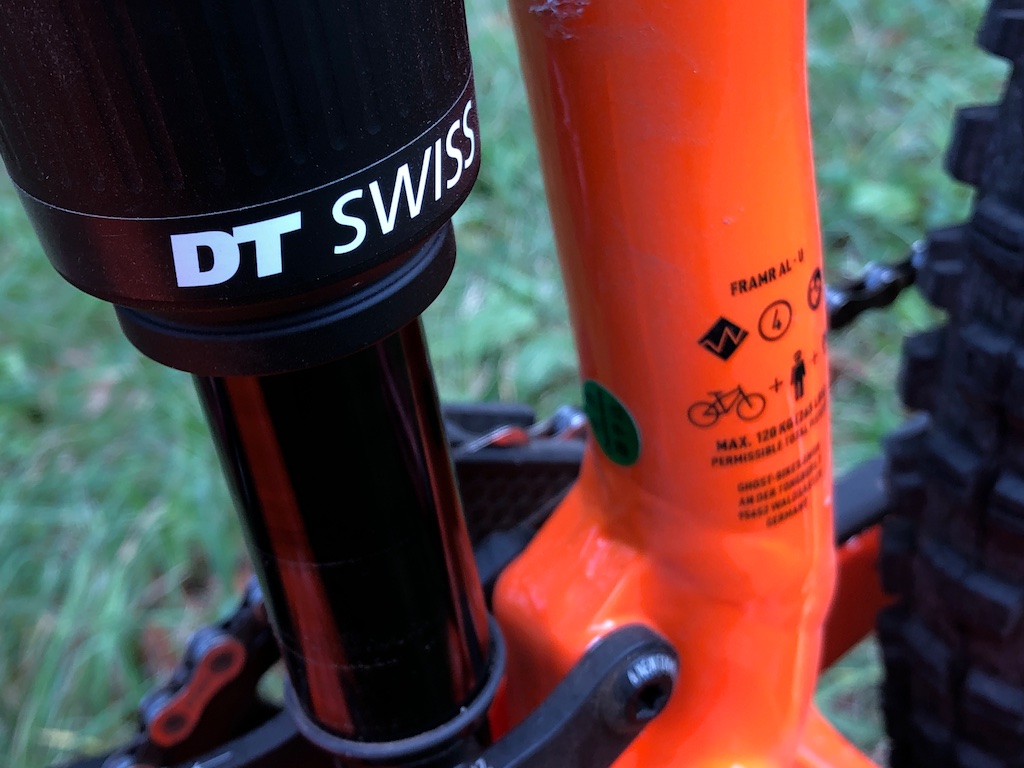
I haven’t said much about the rear shock, though it’s also a masterpiece in its own right. I wouldn’t go as far to say that the DT Swiss X414 transformed my trusty FrAMR into a cross country bike, but I certainly got a lot of change with the substitution of this rear shock. For one, I managed shave 500 grams off the weight of my somewhat portly enduro bike. Then there is a completely new suspension character with an effective lockout allowing great improvement in drive efficiency. The only downside being that I sorely missed the virtually endless travel of the FOX DHX when descending, but it seems even DT Swiss couldn’t manage to pull off the impossible: to have all the great attributes in just one shock.
You can find all DT Swiss products at the official Hungarian distributor’s webshop, or at the Doctorbike service center mentioned in the article.

